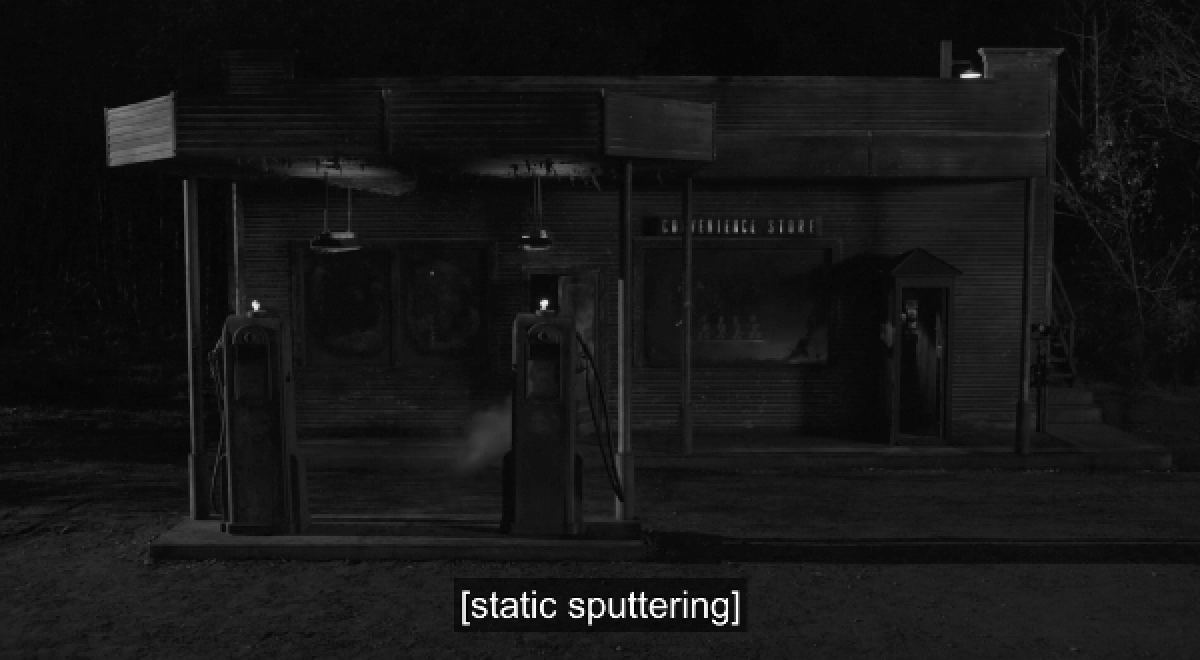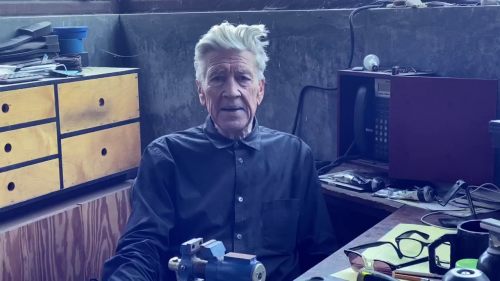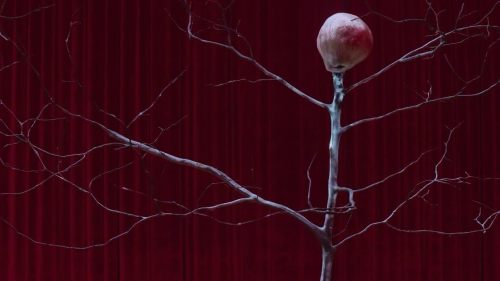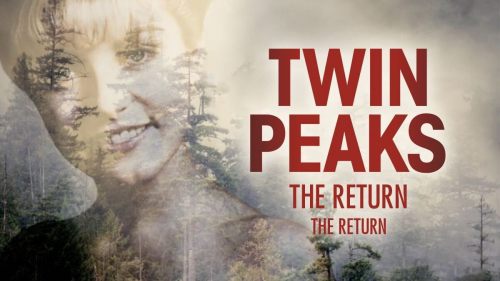BMD Says Goodbye To TWIN PEAKS: THE RETURN
It’s no mystery that Twin Peaks: The Return has been a huge part of the BMD Family’s lives over the past eighteen weeks. We’ve rotated review slots, taking turns regarding which of us would tackle the latest hour of David Lynch and Mark Frost’s sprawling masterwork. Editorials have rolled in, remembering Fire Walk With Me’s place in this newly expanded universe, and celebrating the triumphant genius of Kyle MacLachlan’s acting. But now, we must say goodbye. For some, it’s a solemn memorial, as we let go of this monumental work of art, unsure what’s going to fill the void when we tune in next Sunday. After the notorious ending, others are ready to move on, feeling as if they’d been duped by a finale that left so many questions unanswered and subplot threads dangling.
Instead of dwelling on The Return’s inevitable demise, we gathered a selection of BMD’s hardest core Peaks geeks, to celebrate the elements of Lynch and Frost’s expectation-defying odyssey that made it a must see, week in and out…

The Sound Design
As the credits rolled each week on a new Part of The Return, my favorite line was always, "Sound Design: David Lynch." Because of course the sound design is all Lynch. I've taken to re-watching certain scenes with the closed captioning on, because I love reading such prompts as "[intense ethereal whooshing]," "[distorted moaning]" and "[static sputtering]." Did Lynch write those prompts himself? I feel like he might've. They're very precise.
As strikingly visual as we find the world of Twin Peaks, I dare say this bizarre universe is even more aural. The sound of electricity crackling or the familiar strains of Angelo Badalamenti’s theme indicate something specific in this world. Clues are as much heard as seen, and a teakettle is more recognizable for its sound than the way it looks. You could watch every Part of The Return with your eyes closed and get something significant out of it, and that’s true of very little other film or television. The music of Twin Peaks has always been what I’ve loved best about it, but in The Return, David Lynch takes that auditory quality to a completely new level. An intensely ethereal level, you might say. – Meredith Borders

The “Water Cooler” Effect
Going into The Return, the veil of mystery surrounding these new hours of Twin Peaks was nigh impenetrable. How much was the series going to adhere to the original’s format? How much of Fire Walk With Me was going to play into the narrative? Were these recurring actors going to be able to recapture that old Peaks magic after twenty-five years? And who the hell is Michael Cera even going to play anyway?
Much to our (and hopefully our readers’) delight, The Return became a borderline fetish object every Sunday, as we devoured each Part and then discussed it for hours. In this age of binge-watching, experiencing a work of art this mysterious piece-by-piece, without almost any information regarding what we’d get leading up to it, was a rare treat. What made The Return even better was being able to share your analysis of it with your best friends and smart readership, who opened up with their own pet theories in the comments. Call me old fashioned, but I really miss this style of “appointment” engagement with a specific piece of cinema, and would love to see it come back en vogue again. Times obviously change, but the simple pleasures of creative consumption will always remain constant. – Jacob Knight

The “Janky” VFX
In our golden age of prestige television, we’ve grown fat and complacent, accustomed to our TV shows looking like a million bucks. Whether it’s Game of Thrones’ dragons, Sense8’s globetrotting, any number of sprawling casts and locations, TV routinely rivals major motion pictures for visual splendour. Which is part of why The Return’s (mostly) lo-fi approach to its visual effects feels so fresh and appealing. David Lynch’s hand-made collage style, combined with superimposition and often intentionally jarring editing, creates a vision of parallel worlds that truly feels alien - like the rules of physics and even movement itself don’t apply. The show’s depiction of evil, in particular, vibrates to a raw, tactile rhythm; its gaping face-holes, shrieking orbs, and lurching creatures resembling nightmares direct from the id. And when the producers do splash out on effects, as in the show’s eighth and finest Part, it’s on minutes-long abstractions, nuclear blasts, and celestial cockroaches. All a fine reminder of the debt Peak Television owes to Peaks Television. – Andrew Todd

The Nine Inch Nails
Frequent readers of the site can probably guess that The Return peaked for me in its eighth hour, when Lynch and Frost gleefully sprinted off the reservation and delivered one of the strangest, most surreal, most ghoulishly terrifying pieces of television this series - and, hell, even television itself - has ever seen.
On top of all that, the whole thing hit its crescendo when The Nine Inch Nails popped up on the roadhouse stage, a moment that felt tailor-made for my wants and needs as a Twin Peaks viewer. I'll never forget this Part, just as I'll never forget the deluge of congratulatory texts friends sent me while it was happening. I can't take credit on that one, guys, but you're right: it definitely made my year. – Scott Wampler

That Ending
I’m struggling. I’m struggling with that ending, and with the take out there that says “what did you expect?” as if we showed up cold for the last Part, and not at the tail end of a seventeen-hour narrative journey that was working, at times, in spite of itself. Sure, along the way we sat through countless dead ends, trusting that they’d eventually become pertinent, as so many of them did. When we were in the middle of, say, hour nine, we had evidence to suggest that whatever enigma we were looking at in that moment was going to shake out down the road. Taken as part of the whole, we could accept certain storylines being abandoned in favor of resolving the show's central concerns. But the finale's refusal to adhere to the seventeen-hour narrative that preceded it was a hard turn to navigate, compounded by the fact that each minute that ticked by, resignation set in that certain narrative loose ends weren't going to be answered, cleared up, or even revisited. As we sank as viewers in the quicksand of that dawning knowledge, asking us to follow what were essentially three new characters for the show’s final hour couldn’t help but sting all the more.
In the show's final hour there were, by my count, FOUR reality resets? Four instances where we're asked to get our bearings over and over, and to spend an hour – our last hour - with characters we simply didn't know. Whether that conclusion satisfied – satisfied us, satisfied Lynch’s narrative, satisfied the definition of art – is subjective. If frustration was the goal, it definitely worked. But what can’t be argued is that it triggered a hugely emotional response in me, a mix of anger and longing and bewilderment. And days later I’m still thinking about Carrie Paige screaming outside that terrifying house as its lights went out and some terrible memory returned. Over time, that’s what will be left in my head. That has to be counted as a success. – Phil Nobile Jr.



